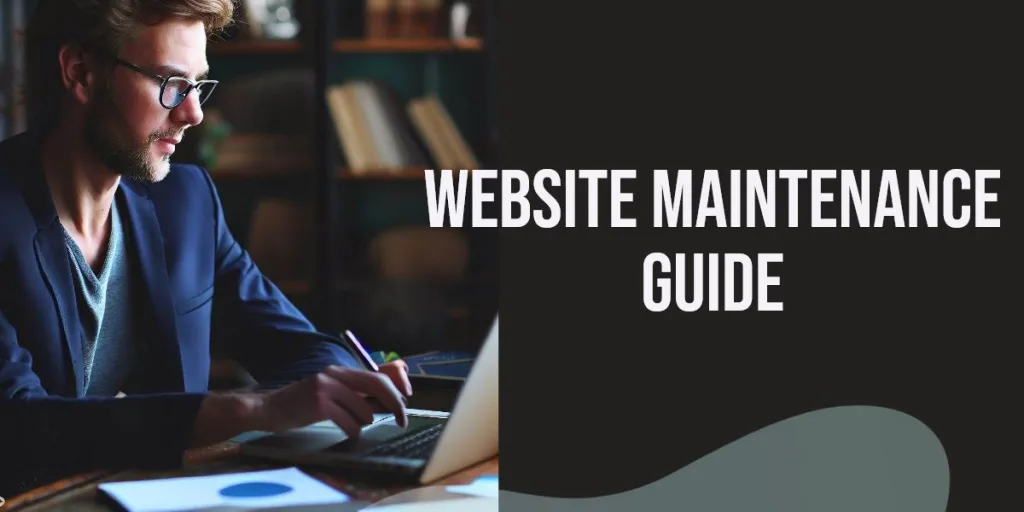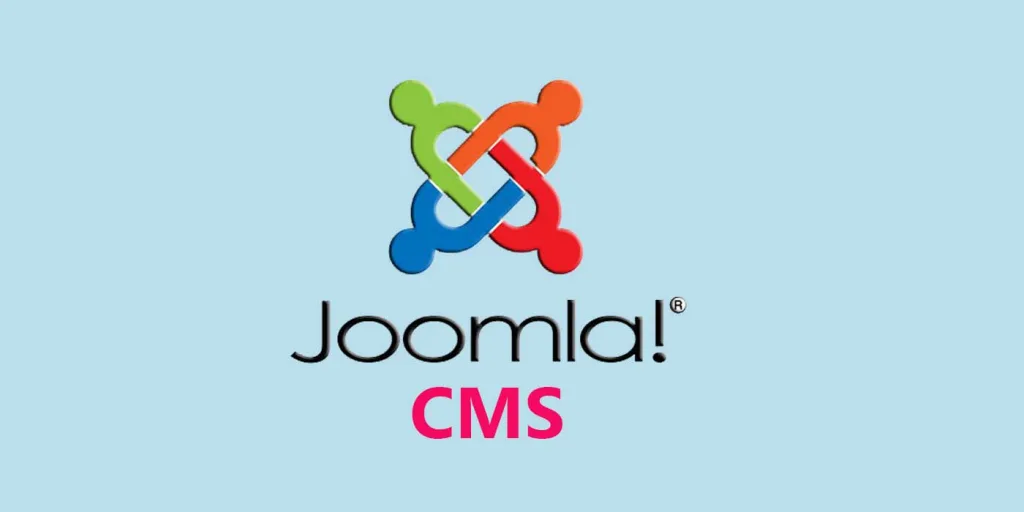Website Maintenance Guide. The best part about online media, which is prefer over print media at all times, is its ability to update, change, and modify online media at any given point without incurring any ill effects.
Therefore if a website or any application doesn’t provide its users with ever changing and enhanced features, That website will lose its importance and within no time it’ll become obsolete, ineffectual and old fashioned.
If you have tried enhancing your code, converted your HTML in a more semantic manner, applied the best and latest SEO practices, and tried to reduce the loading time of the web page by minimizing the use of Media files. After trying all these things what is the next option that you can do? Are there any more tips which can help you in enhancing the overall effectiveness of your website?
Website Maintenance Guide – 10 Tips
In this article we will explore all the unique ways by which a Web Designer or a front end developer can transform their websites in a more relevant, accessible and user friendly manner till its life. This Website Maintenance Guide will direct beyond all the common best practices you have read in a typical website guidebook.
Here you will find some more practical and useful tips for website maintenance from the front end developer’s point of view. Here the list begins:
1. Content Should Be Fresh and Up to date
Having hundreds or thousands pages in your website. it leads your content to become old and outmoded. Website Maintenance process should require ongoing revisions of all your static content pages and necessary corrections should be made in it.
This will make search engine bots crawl on you page once again and takes it as fresh content. This increases the chances of your page to rank high on search engines.
2. Repairs, Fixes and Upgrades
The factors which make your website more disastrous are the broken links, bugs and errors. They make your website incompatible on the common browsers. Front end developer must constantly check on the links provided on the website whether they are still working or not.
By constantly reviewing the website in and out will make these errors discovered at the earliest. And you should take immediate measures to fix those bugs before they cause significant damage to the website.
3. Browser Compatibility Testing
An ongoing part of your maintenance check should be ensuring that your website works and functions properly on all the common browsers. This way you make sure that your user can view the website the way you want him to irrespective of the kind of browser he is using. For this you can apply valid semantic code which provides you with the best possibility for cross cross-browser success.
4. Beyond Validation and Web Standards
In website maintenance it is require to continue validation of the web pages. Especially when new features are includ and the content is refresh. Validation process might consist of both markup and styles. These are the things which can implement beyond the simple validation of pages. Because “valid” code does not essentially connect to “good” code.
5. Improving Accessibility
After updating on the coding techniques and validation of markup pages. There is a possibility that accessibility of you website creates a problem. Therefore accessibility testing should be an ongoing process. This may include testing your websites on tablets, mobile phones etc. So that the user from any medium can access your website easily.
6. CSS3 & HTML5 Enhancements
Agreeing to the fact that all major browsers support CSS3 and HTML5. Latest techniques can use in the new browsers that offer support. While the website maintenance process you can review all those areas which can be enhanced by using CSS3 and HTML5 techniques.
This is for sure that any up gradations in that area will be degraded on the browsers which do not support those techniques. But sticking to the latest techniques will help you in getting rid of all JS/(X)HTML/CSS-hacks which you had to utilize when the site was launched.
7. Optimizing for Speed
Considering the website maintenance process, optimizing the loading speed of your web page is the biggest factor that needs to consider. The web developer should use only those resources that minimizes the loading time of the website. It is necessary because more people than before are on high-speed connections.
And when in such case if your page takes forever to load. It will highly put off your user and compel him to switch your website with others.
Therefore it is very necessary for you to include website speed optimization techniques into your maintenance routine. And make adequate changes in your Website Design to reduce the loading time.
8. SEO Enrichment – Website Maintenance guide
Being a front end coder or a Web Designer for the company. You may not be the person dealing with the SEO related updates. Whereas on the other hand if it’s your personal website and you are solely handling it. That this must be a matter of concern for you and you should need to do ongoing SEO maintenance.
If you have an effective and semantic mark up you will realize SEO benefits since the beginning. Also when you didn’t apply any search engine optimization techniques purposely. But with time as new and new techniques of SEO are coming into the industry. You need to implement one of those to boost your website in the search engine ranks for the keywords you are targeting upon.
9. Website Analytics & Conversions
You must constantly keep yourself updated with the traffic of the website, the bounce rates, traffic supply and the other entire web related analytics and statistics. Having a constant analysis of all the statistics will help you in realizing the drawbacks and how constant improvements can be made to make the website resourceful and increase potential traffic on the website.
10. Incorporating User Feedback
You must welcome your user’s feedback by giving them clear methods to do so. The most common method to do so is the contact form on the contact page. You can even make use of social networking sites, polls, surveys, and blog post comments to receive the feedback of your visitors.
This way you will realize what your visitors like and dislike. Your ongoing maintenance routine can work on many of the suggestions you receive.
Bottom Line:
After launching a website. Leaving it untouched is just like getting a car and expects it to run without filling the petrol or gas. But in fact it will run fine for sometime but after some time it will slow down and then finally come to a halt. Same is the case with a website. A proper maintenance routine should be carried out in regular manner. So that the overall functionality is maintained and integral success can be achieved.



